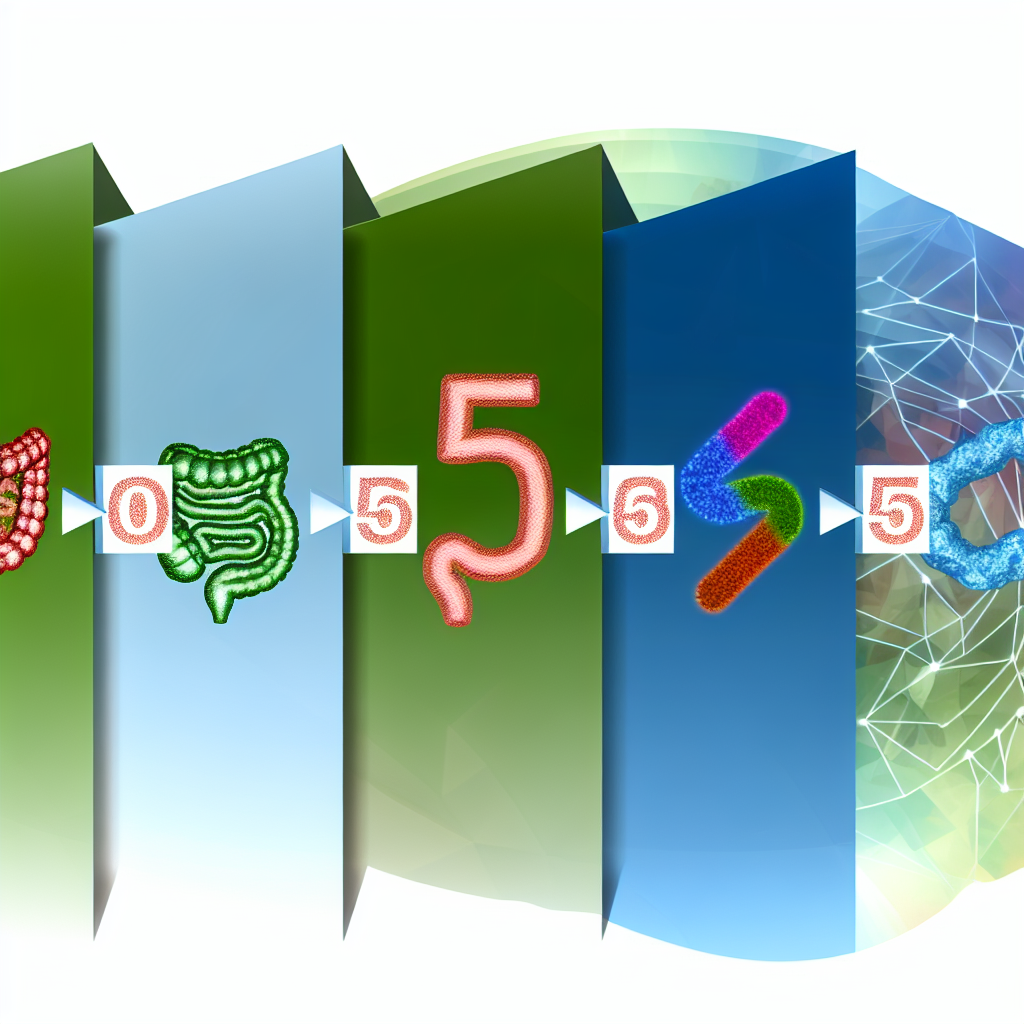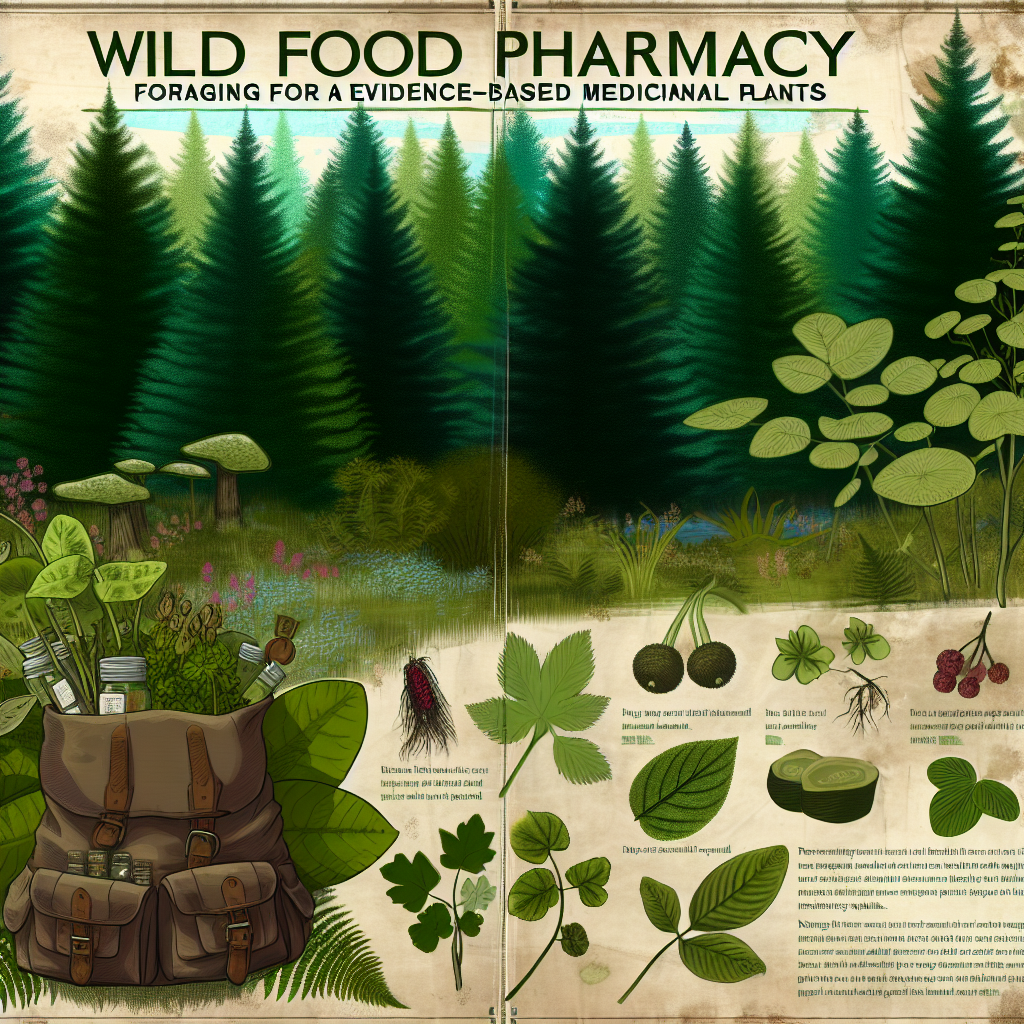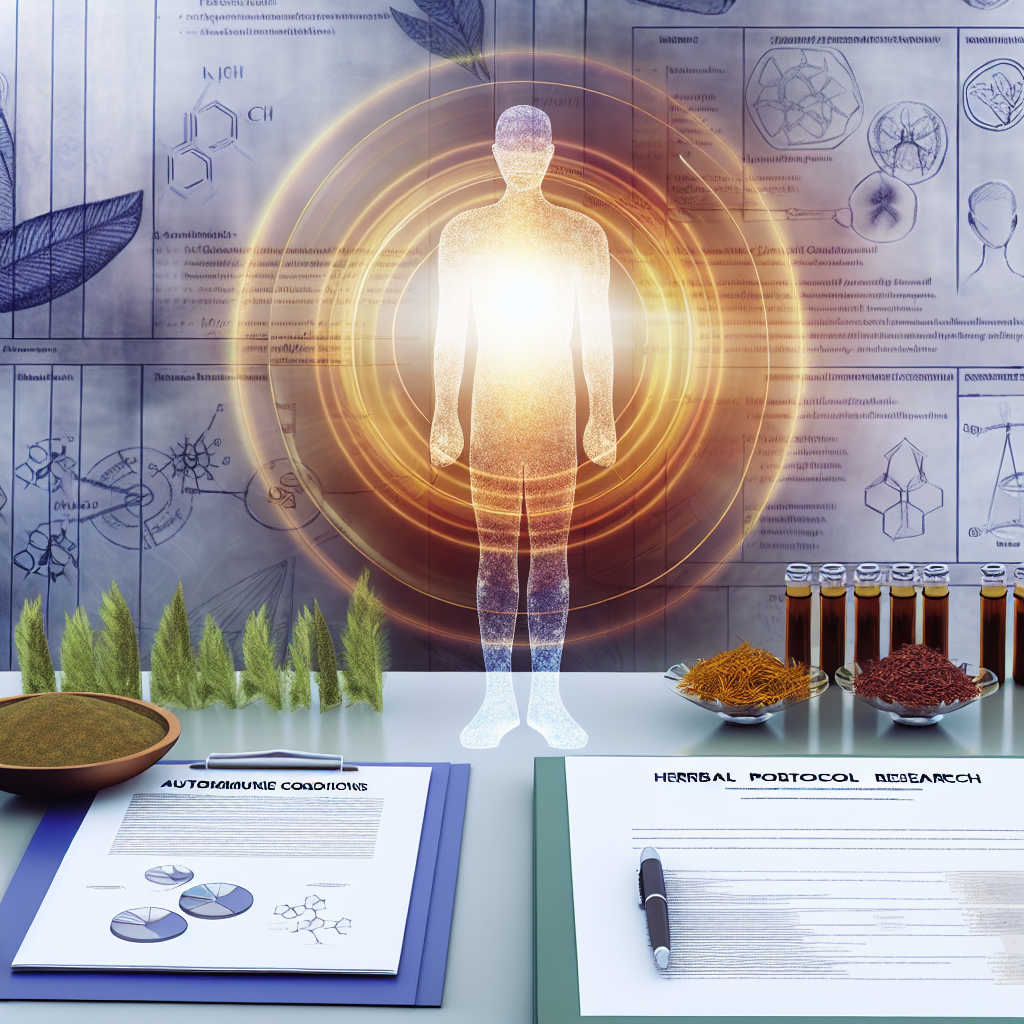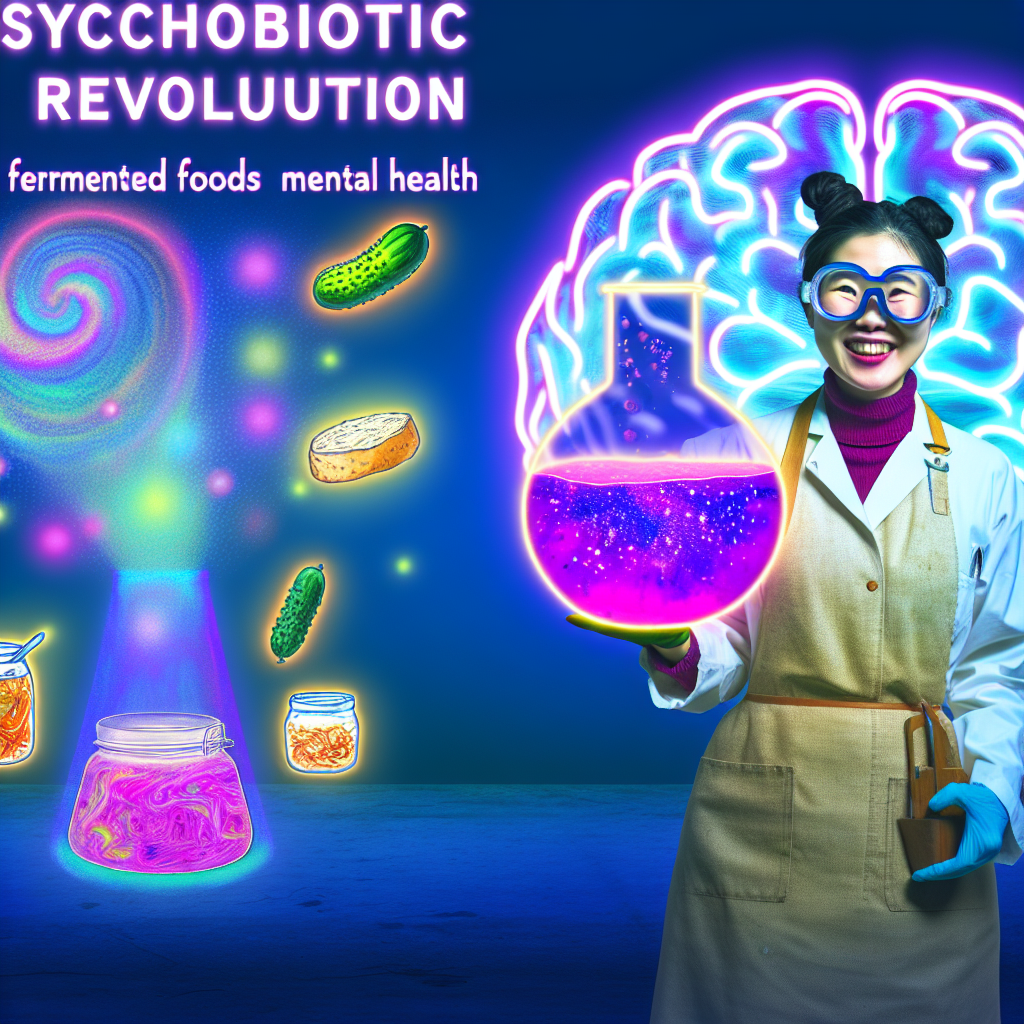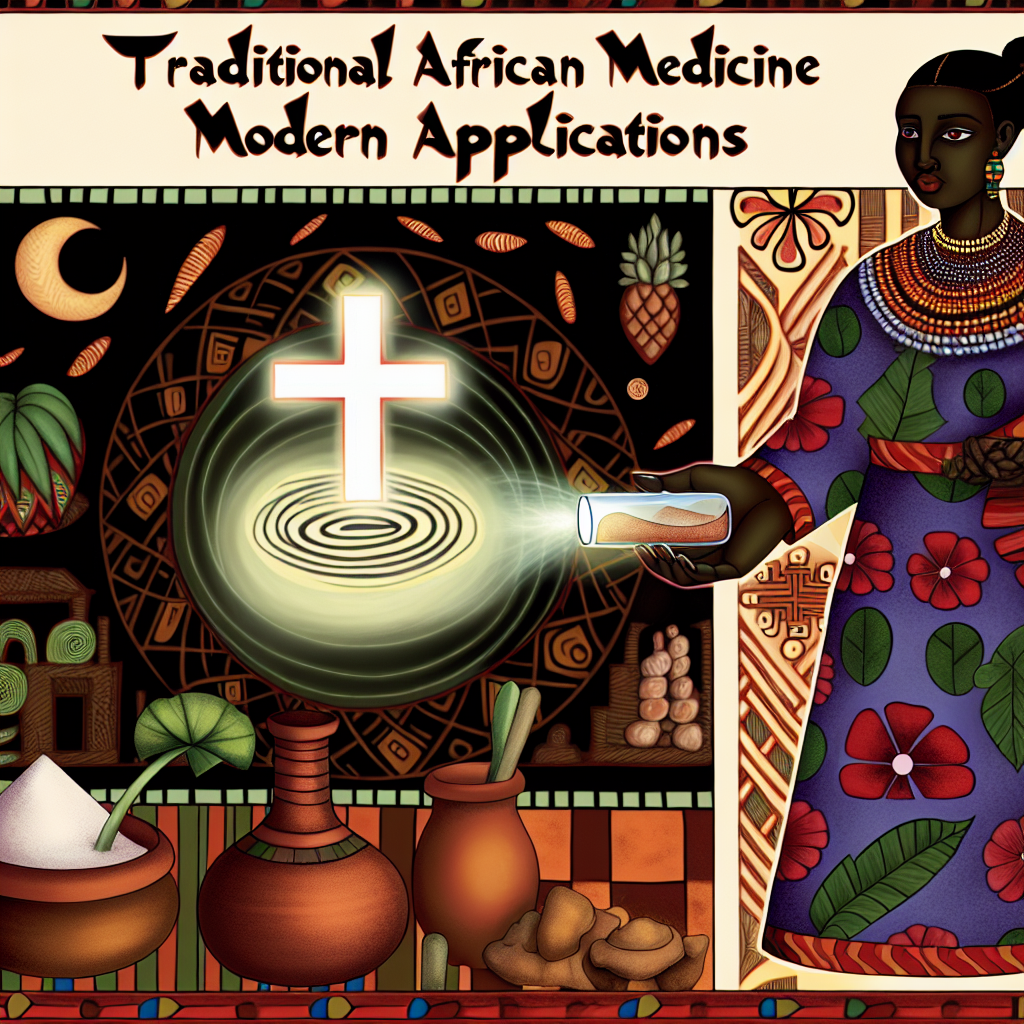Gut Health Protocol – 5-Step Microbiome Repair
Introduction
In recent years, gut health has risen from niche interest to critical health awareness. The human gut is home to trillions of microorganisms, collectively known as the gut microbiome. These bacteria, fungi, and viruses play key roles in digestion, immune regulation, mood, and even brain function.
Many people unknowingly suffer from symptoms of an imbalanced microbiome—also known as dysbiosis—including digestive issues, autoimmune disorders, fatigue, and mental fog. Contributing factors include overuse of antibiotics, sugar, alcohol, processed foods, and exposure to environmental toxins.
A healthy gut is essential for nutrient absorption, detoxification, hormonal balance, and immune defense. Therefore, repairing gut health forms the cornerstone of any effective wellness protocol.
Rather than masking symptoms, natural therapies like herbal remedies, homeopathy, and traditional healing methods aim to restore harmony and address the root cause. Unlike conventional medications, these promote long-term microbiome balance and minimal side effects.
This 5-step Gut Health Protocol offers a scientifically informed yet holistic guide to healing your microbiome naturally. Whether you’re battling digestive distress, skin conditions, low immunity, or brain fog, this approach aims to restore equilibrium from the inside out.
Step 1: Remove Gut Irritants
Start by removing inflammatory and disruptive foods. Eliminate processed foods, refined sugars, gluten, dairy, alcohol, excessive caffeine, and artificial additives. Consider an elimination diet to uncover hidden food intolerances.
Introduce natural antimicrobials like garlic, oregano oil, black walnut, and berberine. These botanical agents can help reduce candida overgrowth and harmful bacterial populations when used under guidance. Prioritize organic, whole foods to reduce chemical toxins and medication residues.
Step 2: Replace Digestive Enzymes and Supportive Nutrients
With irritants removed, support digestion with digestive enzymes, hydrochloric acid (HCl), and bile salts as needed. These aid in the breakdown and absorption of macronutrients, preventing bloating, constipation, and malnutrition.
Bitter herbs like gentian root, dandelion, and artichoke leaf help stimulate bile flow and improve digestive capacity. Supplement with zinc, magnesium, and B-complex vitamins to repair the intestinal barrier and enhance enzyme production. These nutrients are often depleted in people with chronic gut issues.
Step 3: Reintroduce Beneficial Bacteria
Repopulate your gut with diverse, beneficial bacteria. Use a high-quality, multi-strain probiotic and consume fermented foods such as sauerkraut, yogurt, kefir, kimchi, and miso daily.
Include prebiotic foods to feed your probiotics. These include garlic, onions, leeks, asparagus, Jerusalem artichokes, and green bananas. Soothing herbs like slippery elm and marshmallow root help heal and protect the mucosal lining, creating a hospitable environment for probiotics.
Step 4: Repair the Gut Lining
Strengthen the intestinal wall to prevent leaky gut syndrome. Key nutrients include L-glutamine, which supports gut cell regeneration, along with aloe vera juice, bone broth, and colostrum.
Incorporate herbs such as deglycyrrhizinated licorice (DGL), turmeric, ginger, and chamomile. These reduce intestinal inflammation and promote mucosal healing. Daily use can ease IBS symptoms, bloating, and food sensitivities over time.
Step 5: Rebalance Lifestyle Factors
Your lifestyle has a profound impact on gut health. Chronic stress, poor sleep, toxic exposure, and a sedentary life can sabotage healing.
Practice stress reduction through meditation, deep breathing, yoga, or walks in nature. Aim for 7–9 hours of high-quality sleep nightly. Regular, moderate movement like rebounding, walking, or tai chi helps stimulate digestion and lymphatic drainage. Prioritize reducing environmental toxins in skincare, cleaning products, and plastics.
This step bridges emotional and physical healing—often the missing piece in lasting gut restoration.
Scientific Evidence Supporting Microbiome Repair
The scientific evidence supporting microbiome repair is vast. In a landmark 2012 study in Nature, the Human Microbiome Project revealed the connection between gut bacteria and conditions like obesity, IBD, and mood disorders.
A 2021 Stanford study in Cell showed that fermented food consumption significantly boosted microbial diversity and immune function in just 10 weeks.
Studies also support key protocol ingredients. L-glutamine helps reverse intestinal permeability. Turmeric’s curcumin reduces inflammation in both IBS and colitis. DGL licorice root soothes stomach lining and reduces ulcers without side effects. Aloe vera has similar evidence showing gut-soothing properties and anti-inflammatory action.
This fusion of traditional herbal wisdom with cutting-edge research makes gut healing more accessible and reliable than ever.
Conclusion
Gut repair is not a quick fix, but a deeply transformative process. By removing irritants, replacing lost elements, repopulating bacteria, repairing the gut lining, and resetting your lifestyle, you create the conditions for long-lasting wellness.
This protocol empowers individuals to heal naturally—without excessive reliance on pharmaceuticals. As momentum builds around microbiome science, natural approaches are gaining credibility for healing a wide range of chronic ailments.
Commit consistently to this 5-Step Gut Health Protocol. Stay mindful, patient, and proactive. Over time, improved digestion, energy, immunity, mood, skin clarity, and mental clarity will follow.
Your gut instinct was right all along.
Concise Summary
The 5-Step Gut Health Protocol offers a natural, science-supported approach to healing the microbiome. It includes removing irritants, replacing enzymes and nutrients, reintroducing probiotics, repairing the gut lining, and rebalancing lifestyle factors like stress and sleep. This method addresses root causes of chronic symptoms such as fatigue, digestion issues, and inflammation. Backed by clinical studies, herbs like licorice root, turmeric, and nutrients like L-glutamine help promote long-term wellness and microbial harmony. A balanced microbiome not only supports digestion but boosts immunity, cognitive function, and emotional health. Small, consistent steps can transform overall vitality and gut resilience from the inside out.
References
- Human Microbiome Project Consortium (2012). “Structure, function and diversity of the healthy human microbiome”. Nature
- Wastyk, H. C., et al. (2021). “Dietary modulation of the human gut microbiome using fermented foods”. Cell
- Holeček, M. (2019). “Effect of glutamine supplementation on gut-fueled processes”. Journal of Clinical Biochemistry and Nutrition
- Chang, R. (2018). “Herbal medicine and the treatment of gastrointestinal disorders”. Phytotherapy Research
- Kocaadam, B., & Şanlier, N. (2017). “Curcumin, an Active Component of Turmeric (Curcuma longa), and Its Effects on Health”. Nutrition
- Scazzocchio, F., et al. (2020). “The therapeutic potential of licorice in inflammatory diseases and carcinogenesis”. Journal of Clinical Medicine

Dominic E. is a passionate filmmaker navigating the exciting intersection of art and science. By day, he delves into the complexities of the human body as a full-time medical writer, meticulously translating intricate medical concepts into accessible and engaging narratives. By night, he explores the boundless realm of cinematic storytelling, crafting narratives that evoke emotion and challenge perspectives.
Film Student and Full-time Medical Writer for ContentVendor.com
